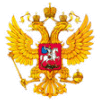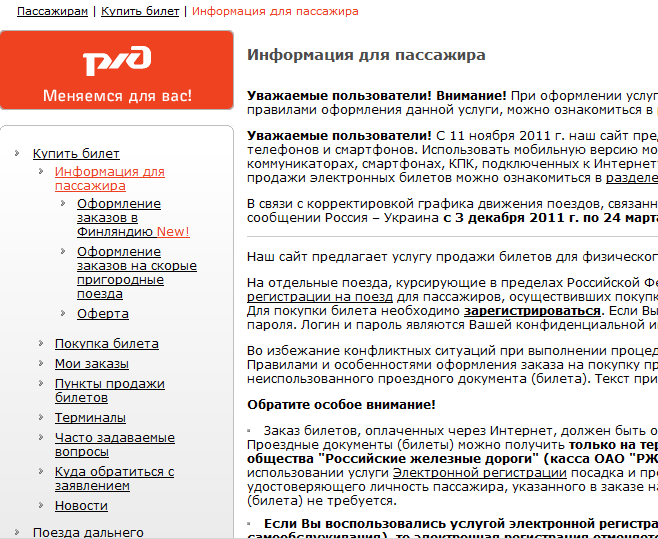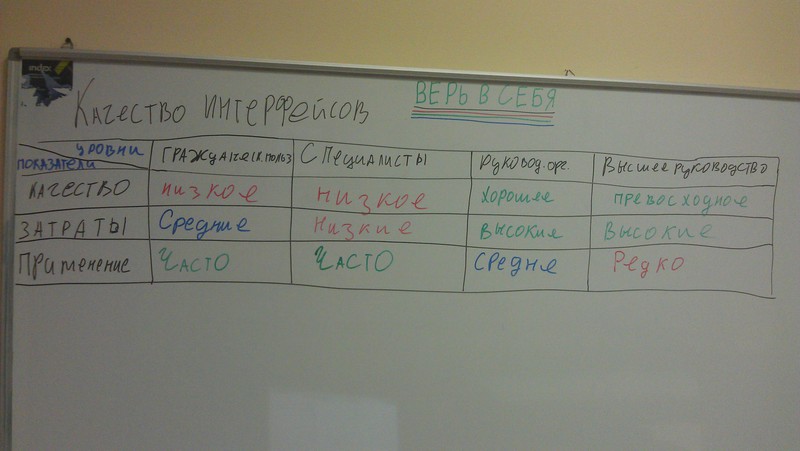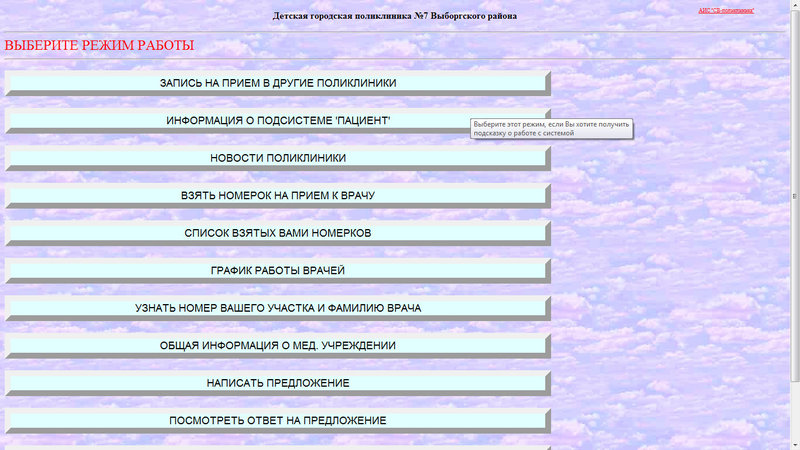Is it time for usability in the state. the sector?

Good day, dear readers.
Today I want to touch on the topic of interface quality in government systems.
By interface, I mean not the colors of the buttons and not the beauty of the pictures, but primarily the functional interface. Convenience, speed, clarity, etc.
Is a revolution possible (and necessary)?
In this article, the quality will be identified with it, that is, with a layer of software that is accessible to the masses.
First, we need to consider the causes of the current situation, and then we will think about whether something will change in this area or whether it is simply not necessary to do this.
For example, I propose to look at the two interfaces of two different companies - public and private:
buy a ticket in a private company

')
buy a ticket in the company with the state. by participation

Maybe I'm “tight,” but over the past year I have had 90 business trips, tickets for which I bought myself. Even Uteira’s website did not cause such resentment as Russian Railways, even after online purchasing a dozen train tickets. (Where is the big flashing “BUY” button? The screen was made after being authenticated, which was also a quest)
This topic has been bothering me for years. During the implementation of several publicly funded systems, I wondered why management was so reluctant to spend money on a usable interface for end users, why not pay attention to high-quality implementation, and how could the “clumsy” system be accepted by customers?
Let us leave aside talk of unscrupulous officials, and we will consider only legitimate cases (paradoxically, but there are really many or even most of them - I include contests where the amount of “costs” is less than 10%).
So, I will dispel the myth that a bad interface in the state software is not so. The interface there is very nice, it is only being developed for a level that is not available to the user who is at the bottom of the system application.
The types of interfaces for top management are as follows:
- Regular reports - about 99% of cases. If the report needs to be done “computerized”, then PDF is very popular in the methods used.
- The interactive office of the manager is extremely small, but he is still seen. Even they themselves realized, but almost all the levels on the steps below are wary of such kind of cabinets. It is simply explained - the report is adjusted by hand for a long time, the consequences are assessed, the leadership response, the corners in the primary data are smoothed out and so on. I call this the “final reporting tuning”. With an interactive cabinet, everything is a bit more complicated, and the factor “On the boomer, I saw and approved everything, and everything in this box can be mixed up”. The last factor is overcome only by increasing confidence in the system.
I have not seen a single closing of a large contract, where a beautiful, truly understandable and pleasant tool for informing management would not be presented (let me remind you that we are considering fair deals).
From the above, we can conclude that in the development of state software is a shift of interest in the direction of "Who orders the music."
I will try to present in the form of tablets:

Let me explain - horizontally located user levels, and vertically - indicators of comparison.
The conclusions are as follows:
1. Citizens (end users) receive poor-quality software due to the fact that their side does not participate in the system control procedure
2. With them in the same group and low-level specialists who work with the system
3. All efforts, including financial ones, are spent on a higher and middle level, often creating systems based on neural networks (the brains of a dozen analysts who prepare a report of incomplete, dumped in one pile of data on demand). Consequently, the management layer is satisfied in the short term.
But, like everything else in nature, the levels of "official" and "citizen" are interrelated. It remains only to make this connection more dynamic.
Let's philosophize a little.
The goal of politicians, including those who make financial decisions, in addition to the main ones, specified in the job description, is to get the favor of citizens.
And if before GosSoft had practically no effect on the loyalty of voters, then the pre-New Year events show that the Internet has entered the masses, and people are ready to voice their discontent.
I sincerely hope that this is the connecting thread of the levels “official decision maker” and “taxpayer using the service”.
It is also (perhaps naively) that with the advent of open electronic trading, the level of corruption has decreased and will decrease with the development of legislation in this industry.
It remains to change the stereotype and get away from the usual forms:

Can a government service look futuristic?
For example, a single medical system through the eyes of citizens look like this?

Time will tell. But I really want the films about the future not to lie :-)
Thanks Volch for an invite!
Source: https://habr.com/ru/post/137308/
All Articles